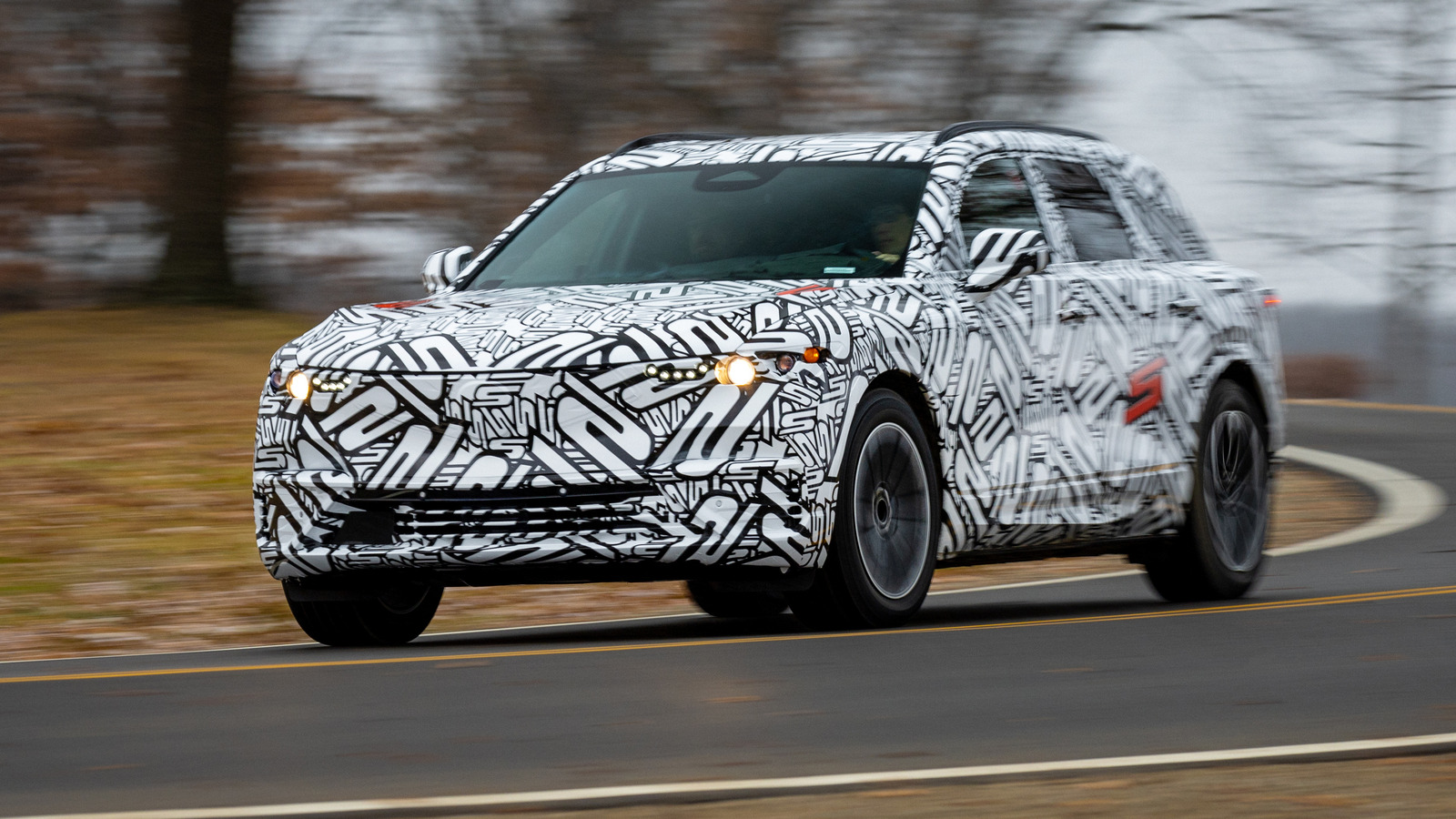
Electrification does have a trick up its sleeve, though, and it’s an approach that Acura is actually very familiar with. Torque vectoring has been a mainstay of the automaker’s approach to performance for years, using a trick all-wheel drive system that can mechanically adjust how much power goes to each of the rear wheels. By pushing more power to the outside wheel in a corner, the turn can be tighter, faster, and more controlled.
It’s something electric cars can do, too — though arguably in a far more straightforward way. Unlike the clever differential that all-wheel drive SUVs like the MDX use in SH-AWD form, which is responsible for managing power delivery to the rear left and right wheels, an electric version could simply equip each rear wheel with its own motor. By adjusting the power to those motors independently, you could achieve the same torque vectoring result.
In this case, a third e-motor would be required for the front wheels in order to achieve all-wheel drive. Tri-motor EVs are still relatively rare at this stage: The Tesla Model S Plaid uses such a configuration, as does the upcoming Lucid Motors Air Sapphire. GMC’s Hummer EV also has a trio of e-motors; one at the front and two at the rear.
Stay connected with us on social media platform for instant update click here to join our Twitter, & Facebook
We are now on Telegram. Click here to join our channel (@TechiUpdate) and stay updated with the latest Technology headlines.
For all the latest Technology News Click Here
